
























which included freeform drawing and full-size clay modeling, and hired him to design the 1927 LaSalle. The success of this companion nameplate for Cadillac motivated leadership at GM, most notably company president Alfred P. Sloan, to create a new division dedicated solely to design. Initially called the General Motors Art and Colour Section and later renamed the Styling Section, it was the first design studio ever formed within a major automobile manufacturer, and Earl was recruited to lead it.

In 1951 GM’s styling leader accepted Dominick Fraboni’s invitation and went to Watkins Glen for the races. While there however, Earl did more than just spectate. He actually paced the first lap of the main event behind the wheel of his latest “dream car” sensation, called Le Sabre. This unusual opportunity enabled Earl to get up close and personal with the best European sports and racing cars of the era, and the only thing that impressed him more than these dynamic cars were the massive crowds that assembled to watch them race. When Earl paced the race in the Le Sabre he felt the mesmerizing energy of more than 100,000 people lining both sides of the 6.6-mile course.
As equally important as the sheer number of spectators was their average age, with seemingly endless children, teenagers, and young adults everywhere Earl looked. He realized instantly that GM needed to get into the sports car business in order to connect with these future customers. All of this was explained by Earl, very matter-of-factly, in a 1954 interview he did with journalist Stanley Brams. “Corvette is a little thing that I started,”
Earl said. “I ran that LeSabre up pacing a race, a sport car race at Watkins Glen. That’s where I got the idea for the Corvette.”
Shortly after returning to Michigan Earl assembled a small group of stylists, led by designer Henry Lauve, who was then head of GM’s color and interior studios, to create a GM sports car, which they called Project Opel. Over time the Project Opel team grew to include numerous additional designers and engineers. This group gathered in secrecy in a small studio on the ninth floor of the General Motors Research Laboratory, a handsome, Art Deco structure designed by Albert Kahn and built on West Milwaukee Avenue, directly across the street from the imposing GM headquarters building.
Corvette is a little thing that I started. I ran that LeSabre up pacing a race, a sport car race at Watkins Glen. That’s where I got the idea for the Corvette.”
—Harley J. Earl
In a matter of months Earl’s vision for a uniquely American sports car was brought to fruition. Its chassis used fully boxed side rails joined by large front and rear cross members and heavy-gauge I beams in the shape of an X. The chassis had an exceptionally wide track of 57-inches front and 59-inches rear, with a 102-inch wheelbase.
Its innovative fiberglass body featured fully integrated fenders, a simple beltline, a large, chrome-plated oval grille, recessed headlamps, a wraparound windshield, rounded contours, and rocket-themed tail lamps. Combined, these features gave the car a thoroughly modern appearance that was both elegant and slightly aggressive.
Motive power came from Chevrolet’s ubiquitous inline sixcylinder engine coupled to a two-speed Powerglide automatic transmission. Under the leadership of engineer Harry Barr, the engine was substantially modified for use in Corvette with a high compression cylinder head, more aggressive camshaft, triple Carter YF side-draft carburetors, and dual exhaust. These changes boosted output from 115 horsepower to 150



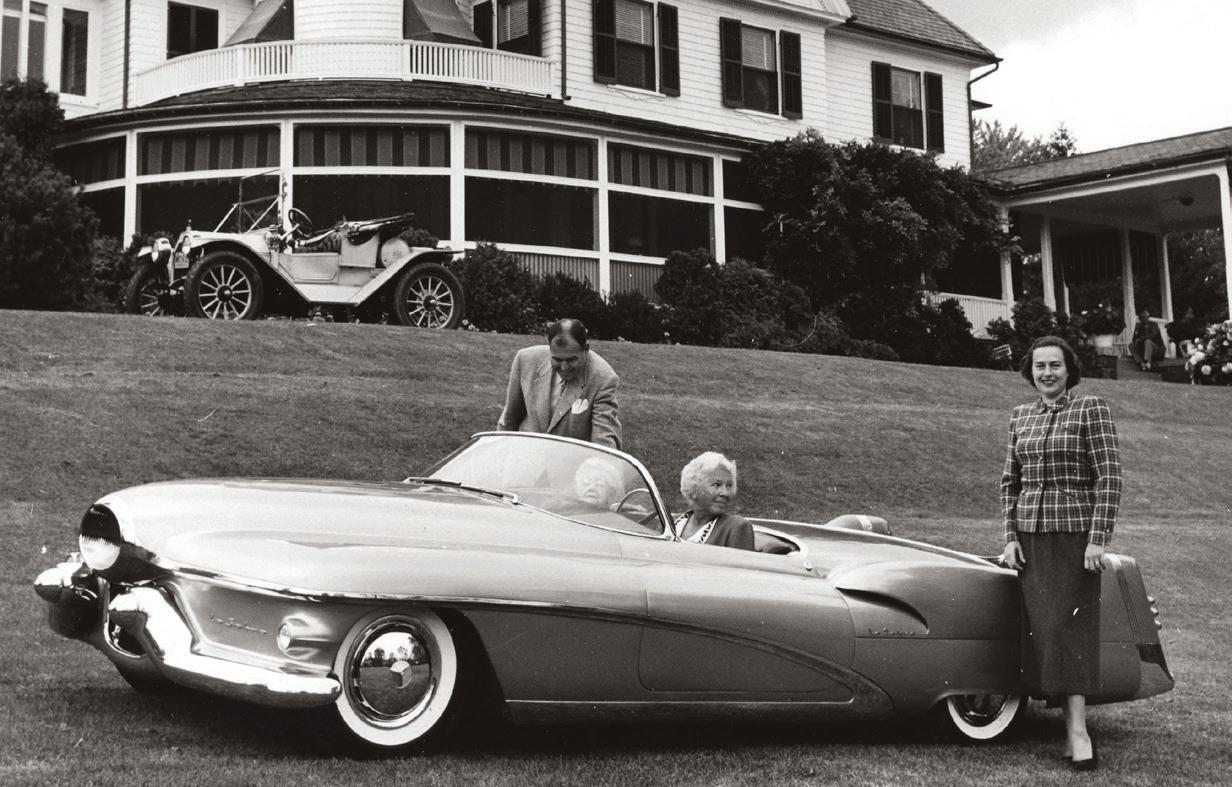

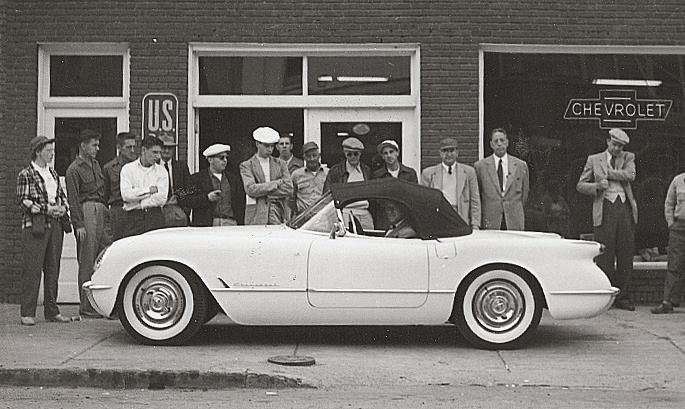
(Earl) was greatly surprised at the reaction so many people had with foreign sports cars. . .he commented while driving in the parade that American auto companies were lacking a sports car similar to the foreign cars”
—Dominick Fraboni



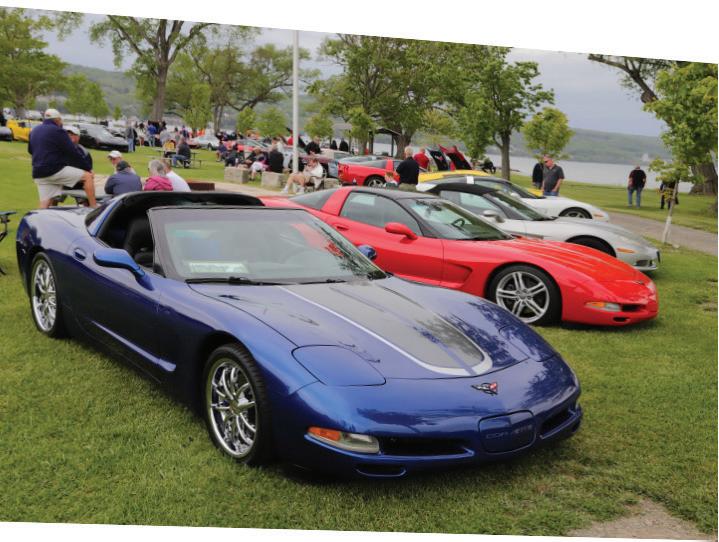
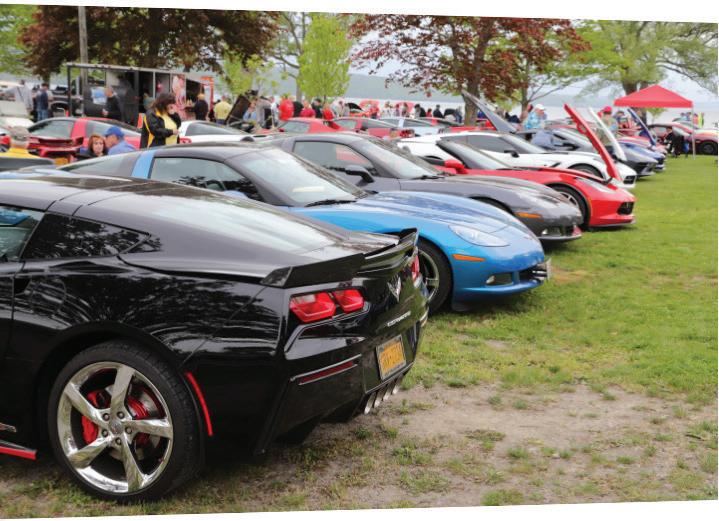
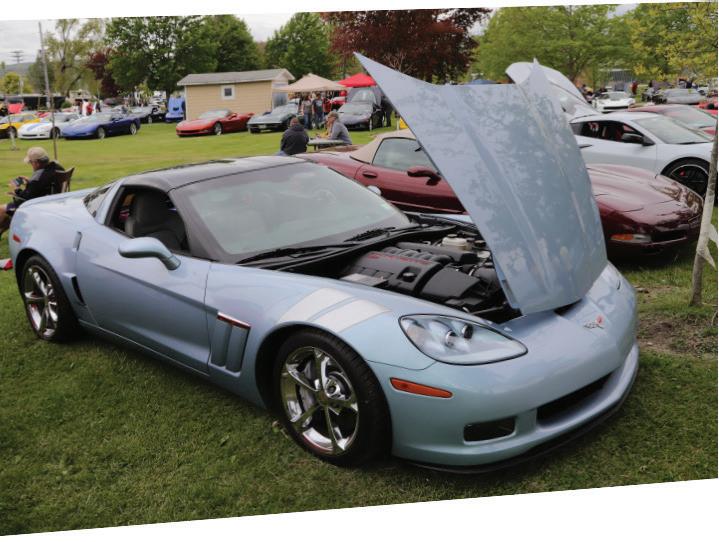
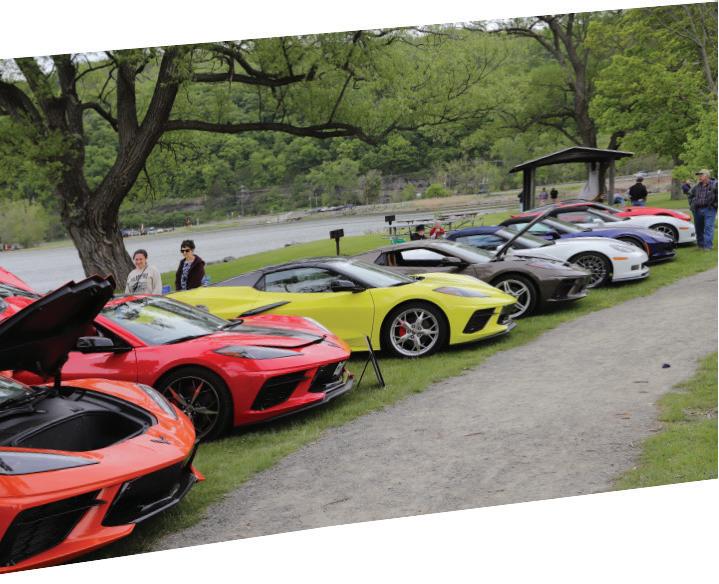













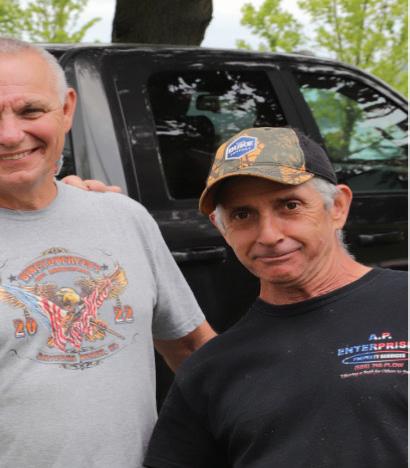



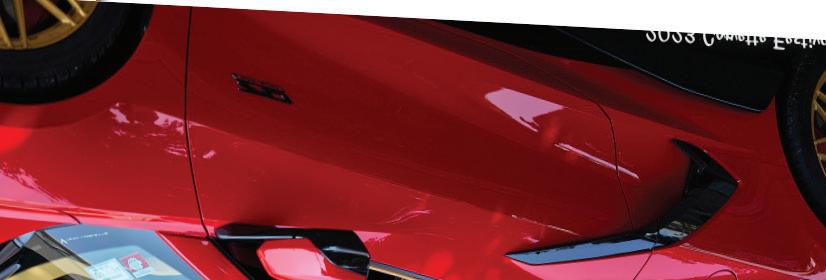

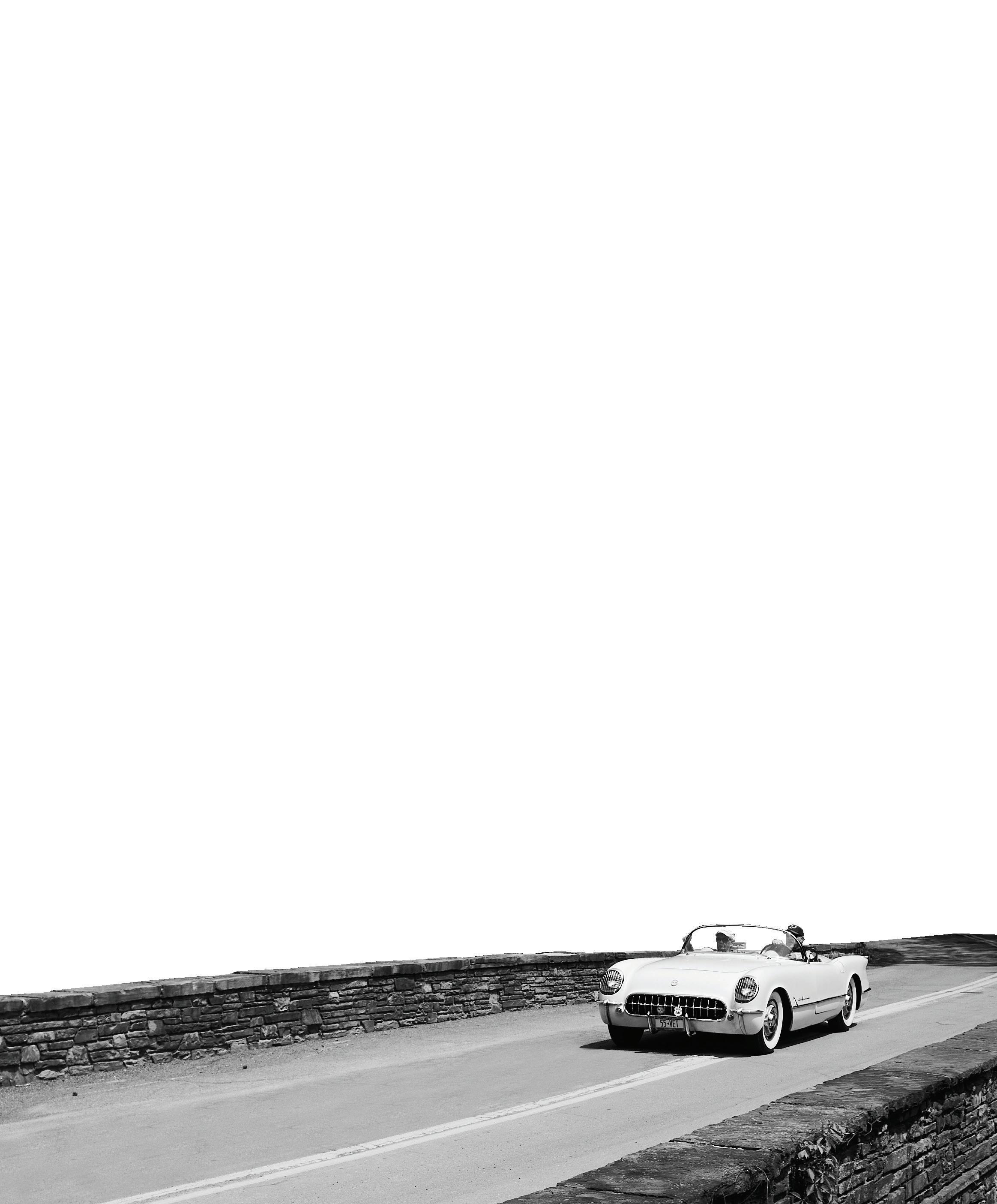
JR Dill Winery
Kookalaroc’s Bar & Grill
Walters Elkland Chevrolet
Watkins Glen International
AMRIC Associates Security
Cayuga Health
Chemung Canal Trust Company
Hagerty (Broad Arrow Auctions)
Hale Roofing
Maguire Cars
Skyworks Rental
Van Bortel Corvette
Visions Federal Credit Union
Camoradi USA Race Team
Basil Chevrolet
In Honor of the late Dr. Renato H. Rojas & Janice Rojas
International Motor Racing Research Center (IMRRC)
Davis Ulmer Fire Protection Company
Glen Area Chamber of Commerce
Tony Vickio, Chair
Carl Benson, Vice Chair
Michelle Benjamin Jay Cocca
Chantal Fitzgerald
Macy Fitzgerald
Suzanne Gabrielson
Glenda Gephart
John Jeter
Caitlin Kelce
Rob Roessel
Carter N. Saunders
Alex Stiles
Kip Zeiter





The totally restyled C3 Corvette features an industry first for production cars—“T-top” removable roof panels. Lines of the new Corvette closely resemble those of the Mako Shark II show car. Headlamps are now of the “pop-up” design, backlit.
The 250,000th Corvette, a gold convertible, comes off the St. Louis production line on November 19. “Stingray” script is added above the fender louvers.
The 500,000th Corvette, a white coupe with red interior, is produced in St. Louis on March 15, 1977.
Mid-year, production shifted from St. Louis, MO to Bowling Green, KY. This was the first time a model was built in two locations simultaneously.

The seventh generation C7 Corvette is introduced at an invitation-only reveal in Detroit on January 13, 2013 . The Stingray designation returns.
Indy 500 is paced by a 2014 Laguna Blue Corvette Z51 driven by San Francisco NFL coach Jim Harbaugh.
Aluminum frames become the standard for all coupe and convertible models.
Michelin becomes the exclusive tire supplier for Corvette.
The Stingray features a LT1 V8 engine with 460 HP making it the quickest, most powerful standard Corvette to date.



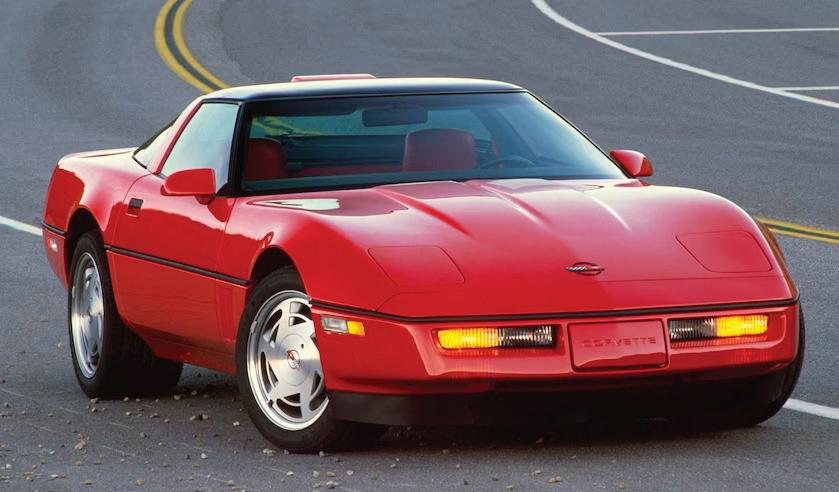
The all-new C4 Corvette has a drag coefficient of a 0.34, 24 percent more aerodynamic than its predecessor. Top speed over 150 MPH.
Big news for Corvette is the addition of tuned-port injection of the 230 HP 5.7 liter V8.
The first convertible since 1975 is built.
The One-Millionth Corvette, a white convertible with red interior, matching the first Corvettes of 1953, rolls off the Bowling Green assembly line on July 2, 1992.
Corvette paces the Indy 500 for the third time in 1995 (first in 1978, also in 1986).
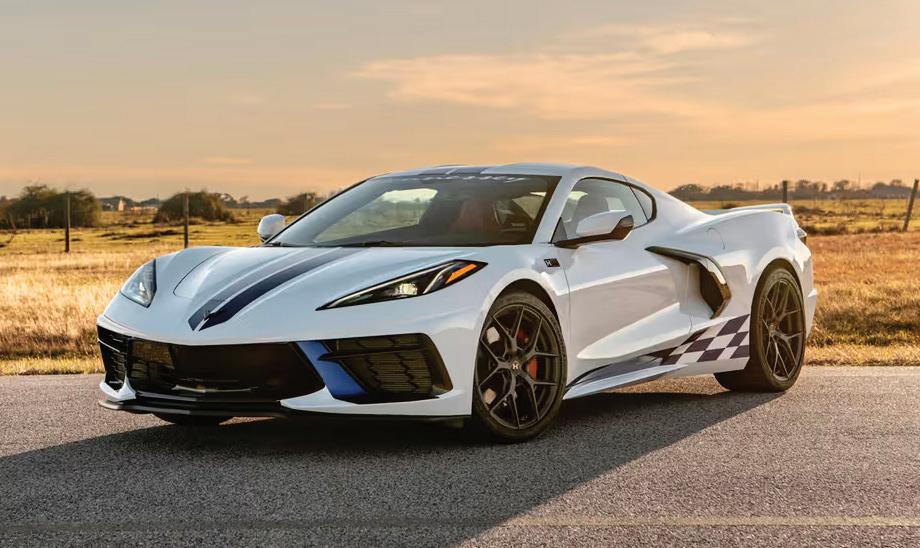
2020–2025
The C8 Corvette debuted with an 8-inch infotainment screen in a driver centric cockpit. It comes standard with Chevrolet's Infotainment 3 Plus system. Standard features include Bluetooth connectivity, 4G hotspot, and both Android Auto and Apple CarPlay.
Higher trims are equipped with a 14-speaker Bose audio system and navigation options. Additional technology features include a performance data recorder package for 2LT and 3LT trim levels as well as a camera based rear view mirror.
The 2020 Corvette was the first year Chevrolet introduced over the air updates to the Corvette line-up. This allows Chevrolet to send updates to the vehicle remotely. Chevrolet used this capability to resolve a front trunk recall for the 2020 Corvettes.